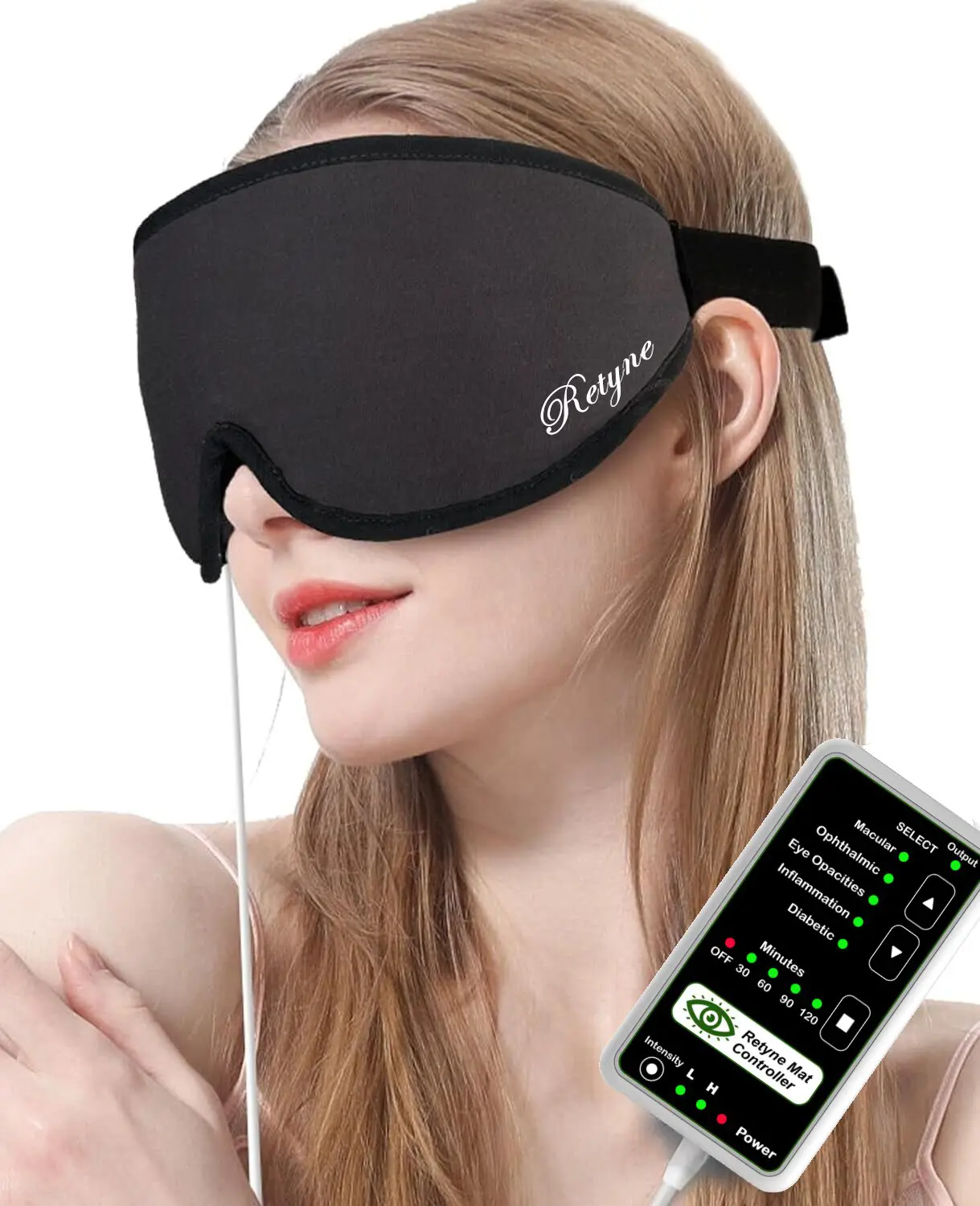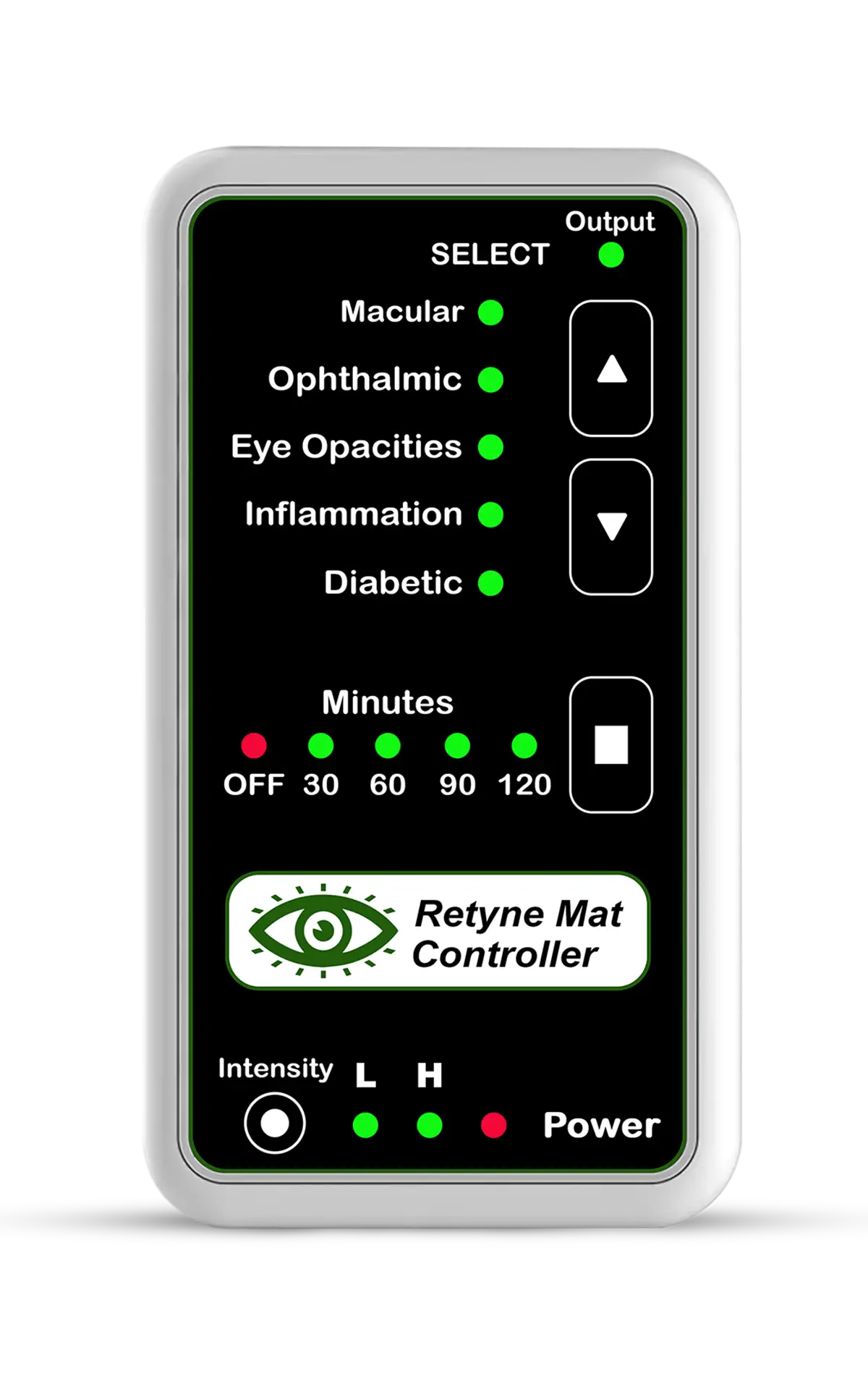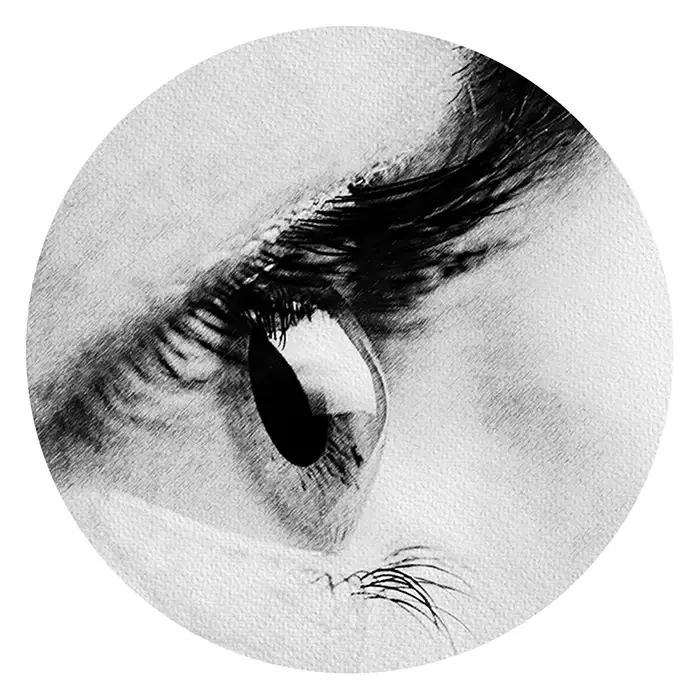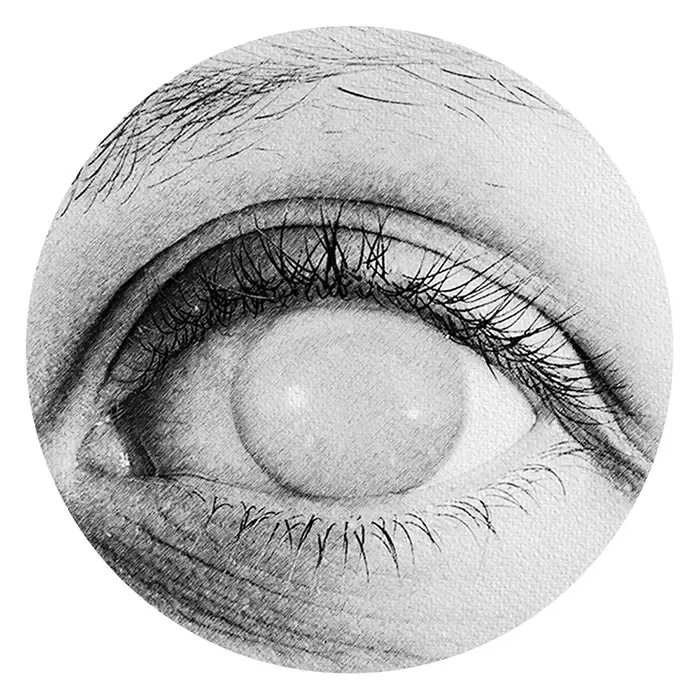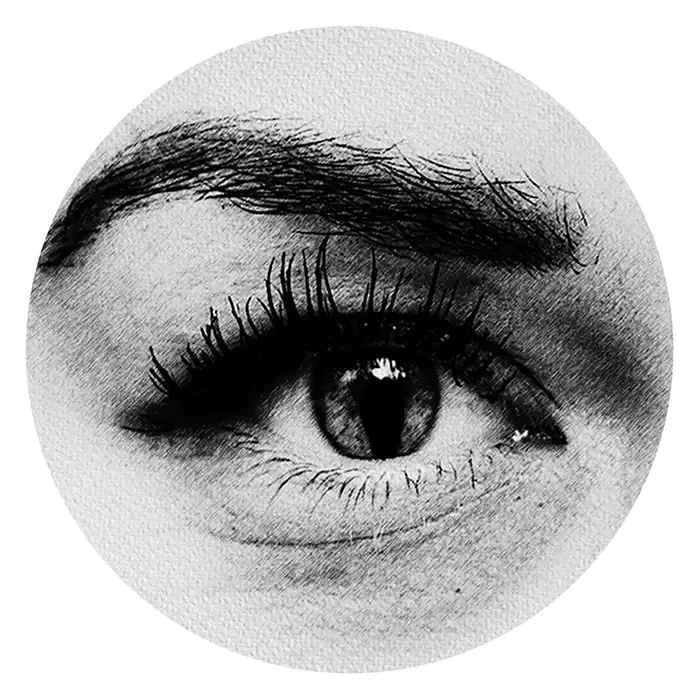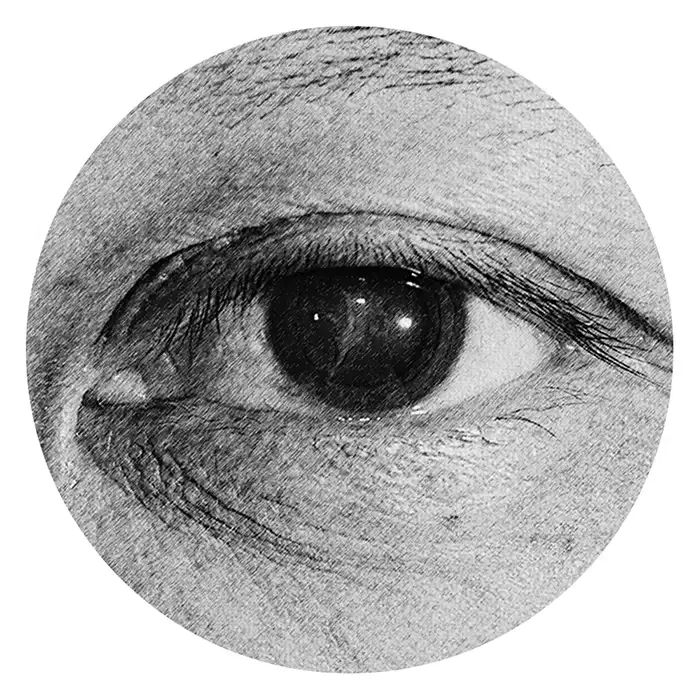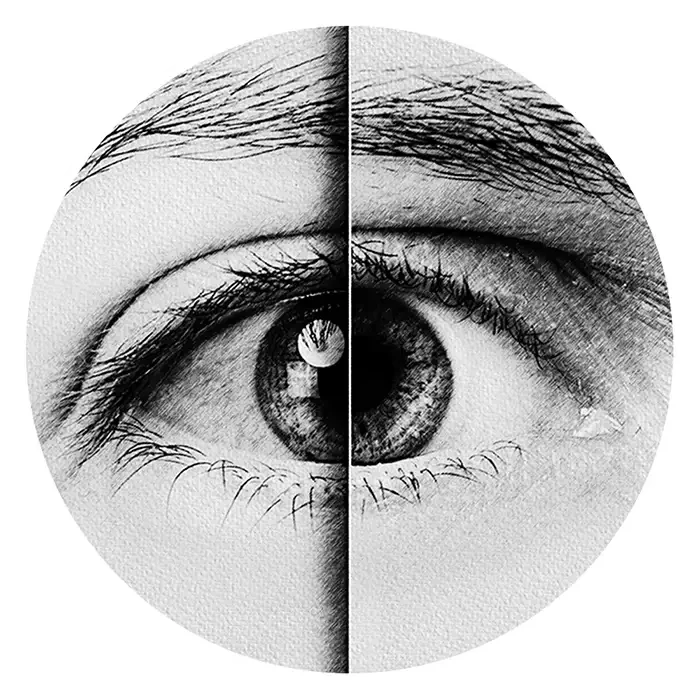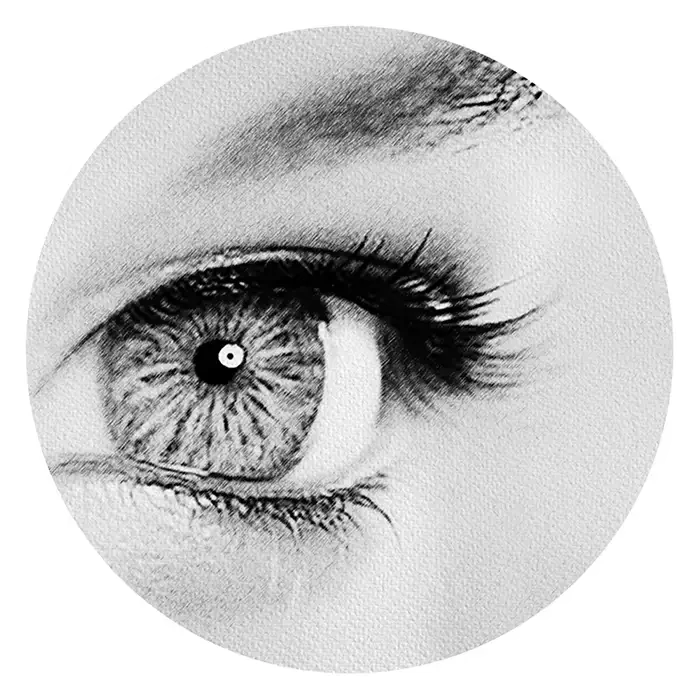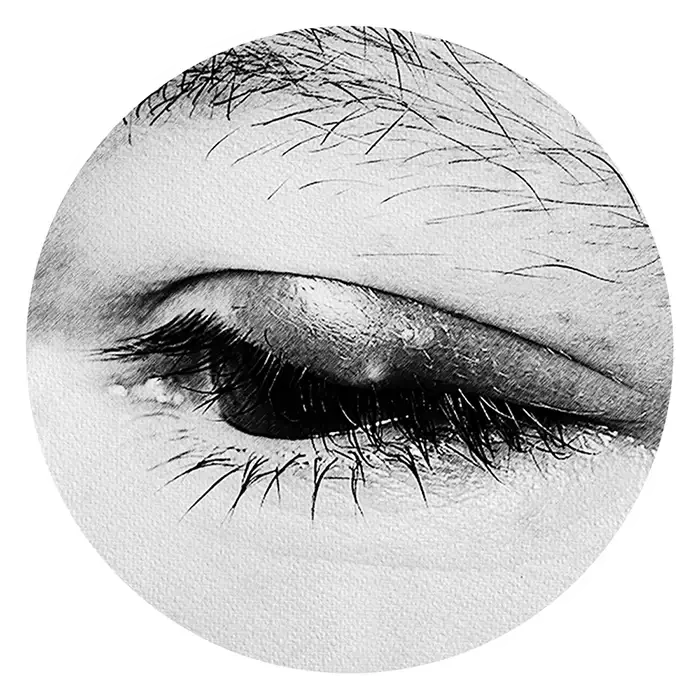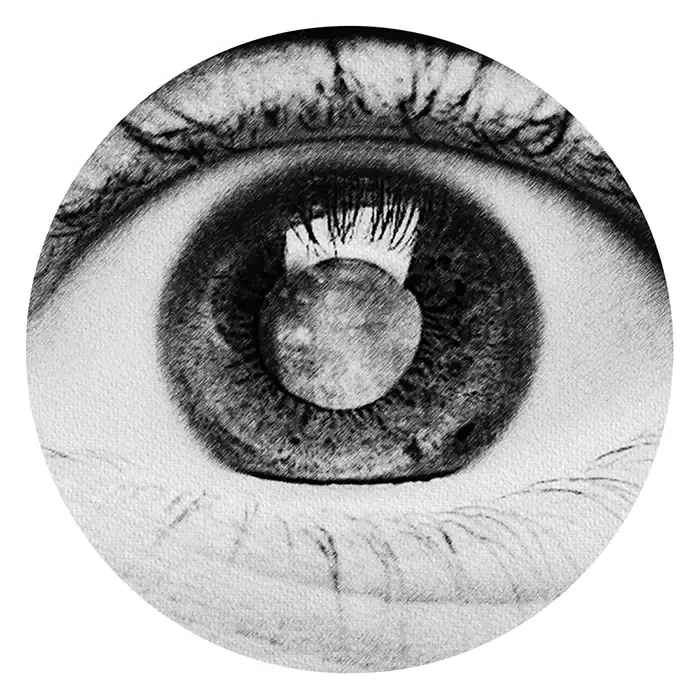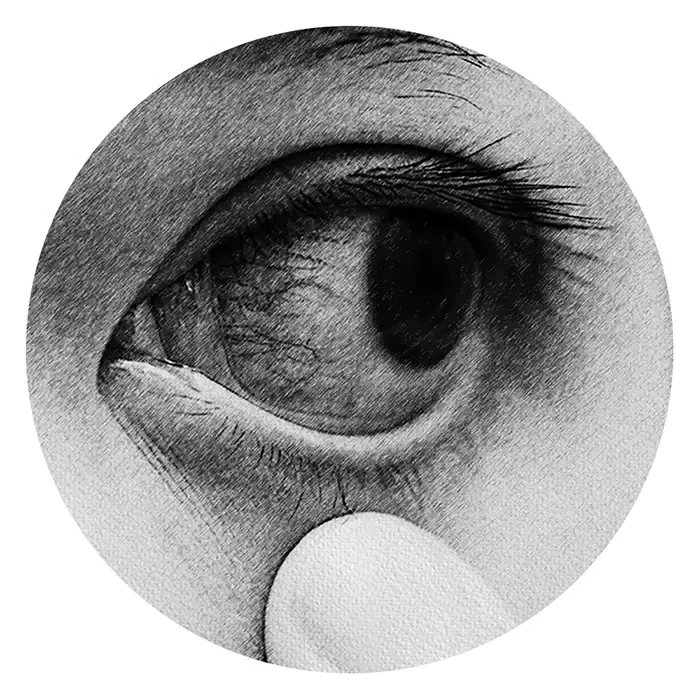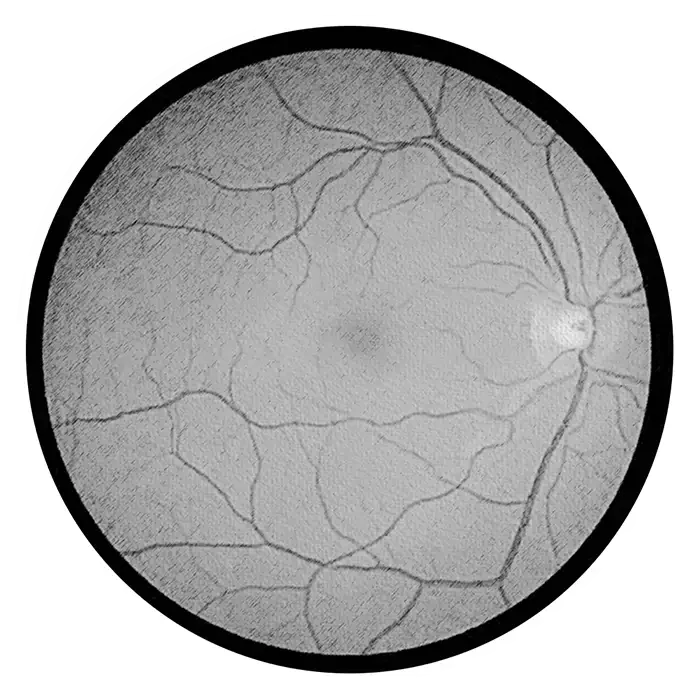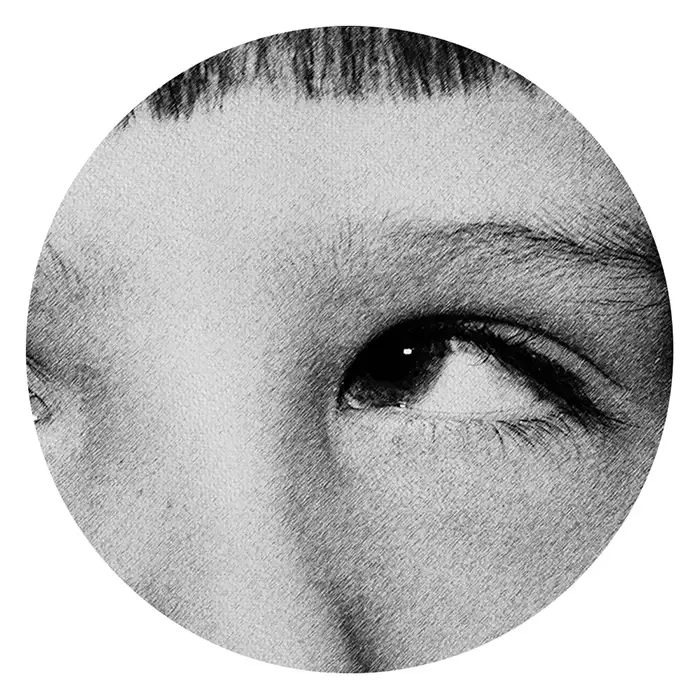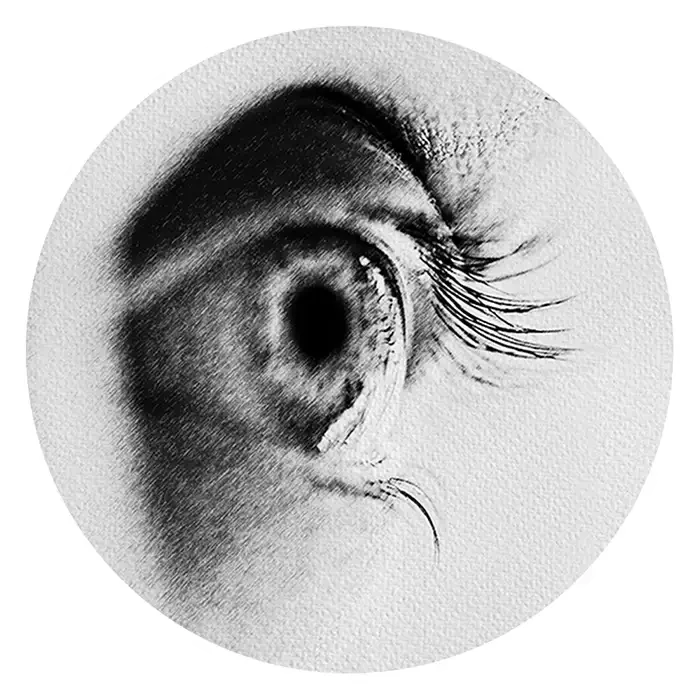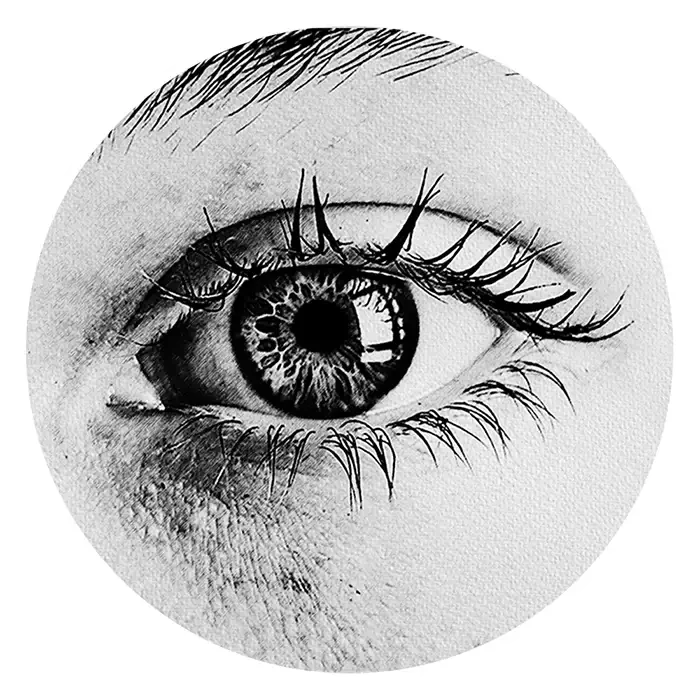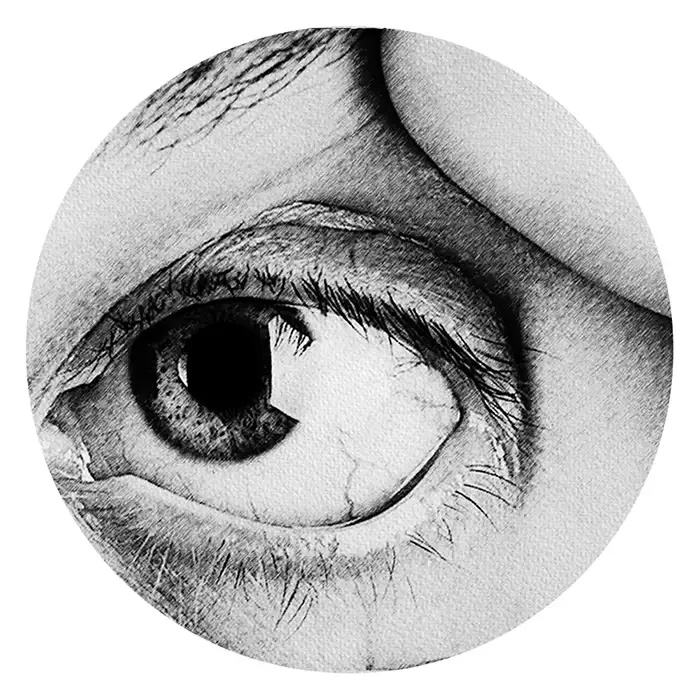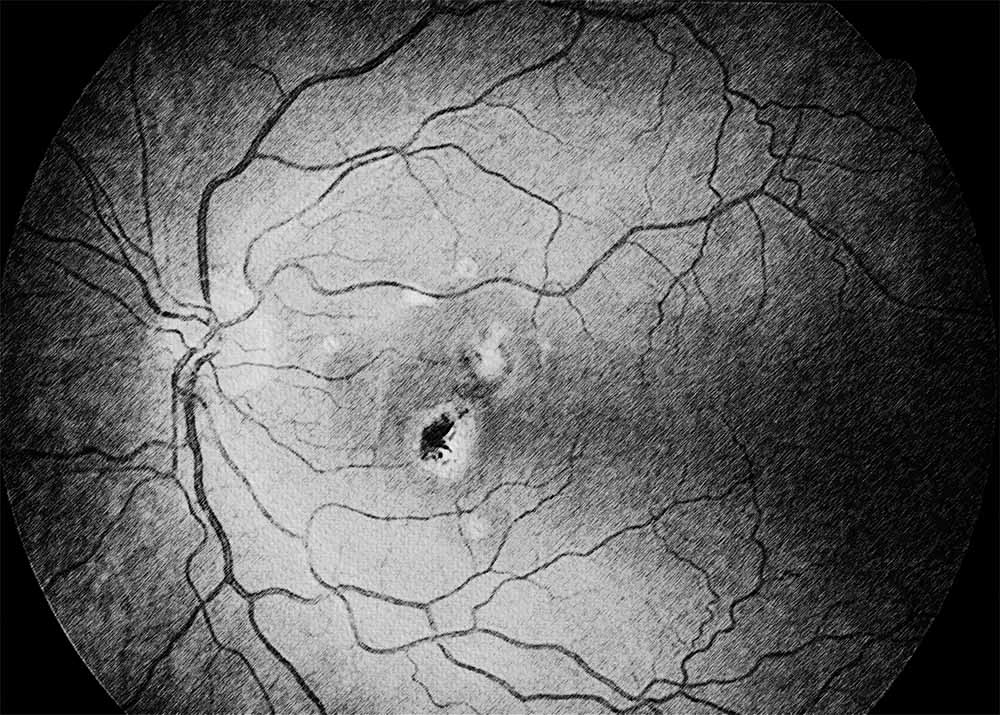
Treatment of Punctate Inner Choroidopathy with Retyne Invisible Infrared Technology
Punctate inner choroidopathy (PIC) is a rare inflammatory eye disorder characterized by multiple, small, yellow-white lesions at the level of the choroid, the vascular layer beneath the retina. These lesions typically occur in the posterior pole of the eye, near the macula, and can lead to vision loss if they involve the central retina. PIC primarily affects young adults, particularly women, and is often associated with myopia.
Diagnosis and Classification:
Diagnosis of PIC involves a comprehensive eye examination, including dilated fundus examination, optical coherence tomography (OCT), fluorescein angiography, and indocyanine green angiography. OCT imaging helps visualize the characteristic subretinal lesions, while angiography confirms the presence of choroidal inflammation and leakage. Classification of PIC is based on clinical findings, such as lesion size, location, and associated complications.
Relationship to Eye Infections and Inflammation:
Although the exact etiology of PIC remains uncertain, it is believed to result from an autoimmune-mediated inflammatory response targeting the choroid. While infectious agents have not been definitively implicated in PIC, inflammatory mediators and immune dysregulation likely play a central role in disease pathogenesis. The inflammatory cascade leads to the formation of characteristic lesions and choroidal inflammation, contributing to vision impairment.
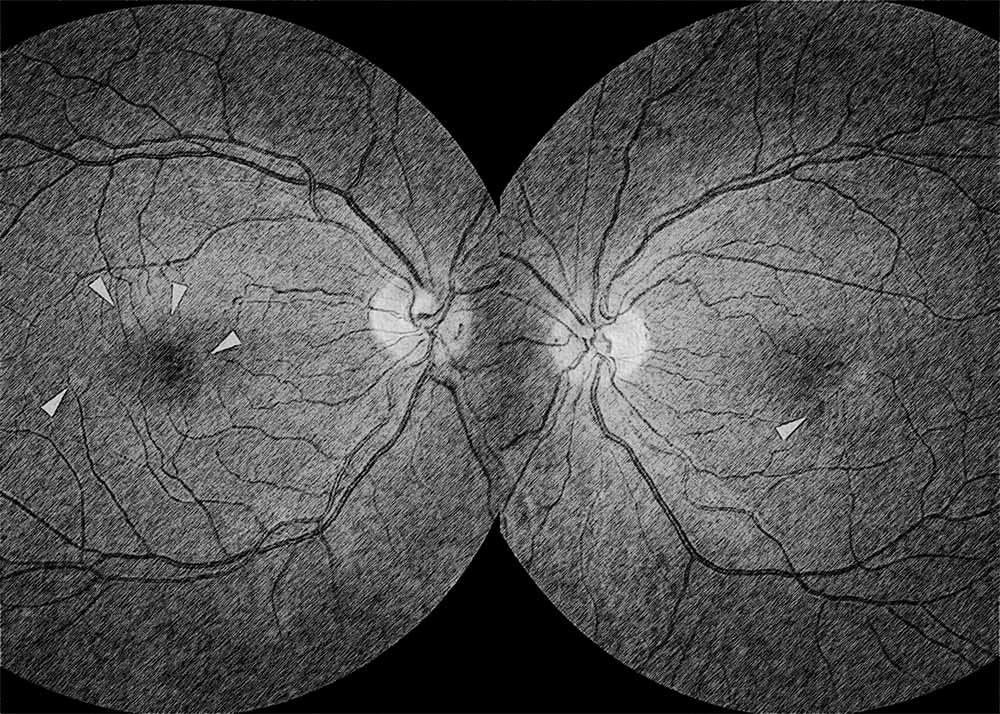
Treatment and Management:
Treatment strategies for PIC aim to suppress inflammation, prevent lesion progression, and preserve vision. Options include corticosteroids (oral, periocular, or intravitreal), immunosuppressive agents (such as methotrexate or azathioprine), and anti-vascular endothelial growth factor (VEGF) therapy to reduce vascular leakage and neovascularization. Additionally, photocoagulation or photodynamic therapy may be employed to target active lesions and prevent complications such as choroidal neovascularization.
Role of Retyne Infrared Eye Treatment:
The Retyne Infrared Eye Treatment mask offers a promising adjunctive therapy for individuals with PIC, particularly when conventional treatments are insufficient or contraindicated. Program #4 on the Retyne controller delivers invisible infrared light to the affected choroid, exerting anti-inflammatory effects and promoting tissue healing. By modulating the inflammatory response and enhancing choroidal perfusion, infrared therapy may help alleviate symptoms, reduce lesion activity, and preserve visual function in patients with PIC.
PIC presents unique challenges in the management of inflammatory choroidal disorders, requiring tailored treatment approaches to optimize visual outcomes. While the precise etiology of PIC remains elusive, inflammatory mechanisms likely underlie disease pathogenesis. The Retyne Infrared Eye Treatment Mask, through program #4, offers a non-invasive therapeutic option to complement standard treatments for PIC. By harnessing the benefits of invisible infrared light, this innovative therapy holds promise in mitigating inflammation, preserving choroidal integrity, and improving visual prognosis in individuals affected by PIC.
The Retyne eye treatment mask utilizes a general selection of frequencies (0.06, 0.5, 0.87, 12.85, 27.5, 141, 301.23, 453.02, 783.4, 825.03 ) tailored to address the symptoms related to Punctate inner choroidopathy (PIC). These frequencies have been meticulously chosen for their proven effectiveness in managing and treating this visual condition. Retyne's approach involves converting each frequency into invisible infrared light output, marking a groundbreaking fusion of frequencies with light—a pioneering technology pioneered by Retyne Labs. Inspired by the groundbreaking work of Dr. Rife, who identified healing properties in specific frequencies and utilized light for their transmission, Retyne's innovative method capitalizes on current research on invisible infrared technology and builds upon past studies on light transmission through frequency sources. The result is the Retyne eye Treatment Mask, a convergence of state-of-the-art advancements in the field of visual care.
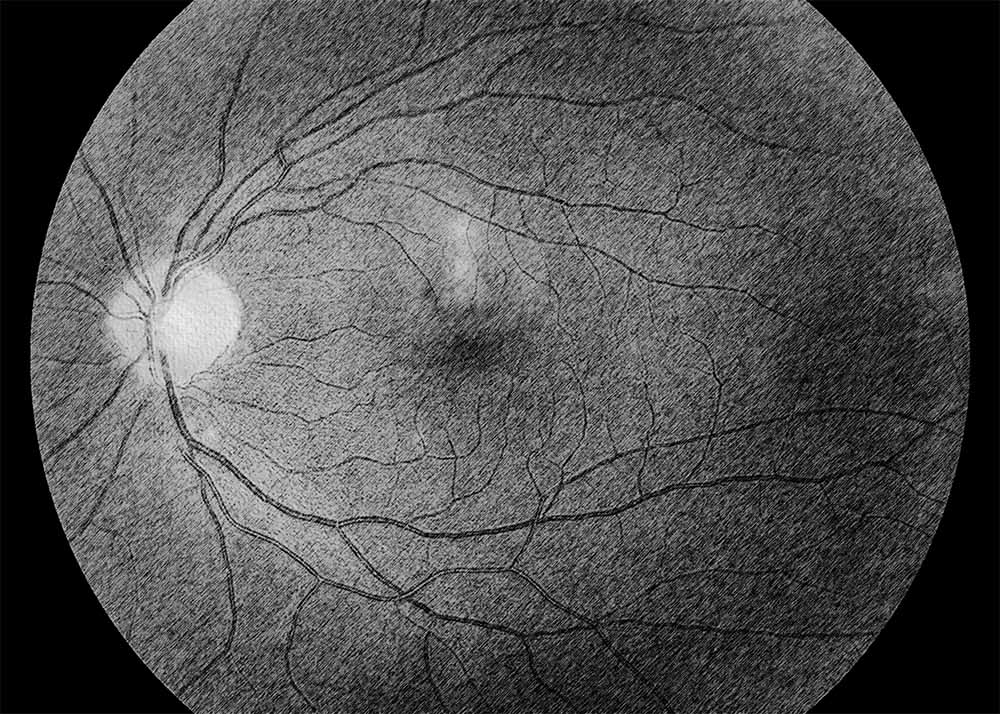
Moreover, for those utilizing advanced hardware such as the RDPV4, a secondary set of alternate frequencies for Punctate inner choroidopathy (PIC): 0.15, 0.18, 0.8, 5.5, 33.2, 172.3, 471.2, 557.82, 603.44, 921.88 is available. The RDPv4 offers an expanded range of frequencies, finely calibrated to provide even greater precision in addressing this eye disorder. By incorporating this secondary set of frequencies, the RDPV4 elevates the potential therapeutic benefits of the Retyne eye Treatment Mask, catering to individuals seeking advanced solutions for their visual health needs.
A Punctate inner choroidopathy (PIC) Compatibile group 1233 (0.06, 0.5, 0.87, 12.85, 27.5, 141, 301.23, 453.02, 783.4, 825.03 )
A Punctate inner choroidopathy (PIC) Alternate group exists at program 2950: Retinal disorders: 0.15, 0.18, 0.8, 5.5, 33.2, 172.3, 471.2, 557.82, 603.44, 921.88
Compatibility
Standalone controller (Program #4) (Controller shipped with Retyne Eye Treatment Mask)
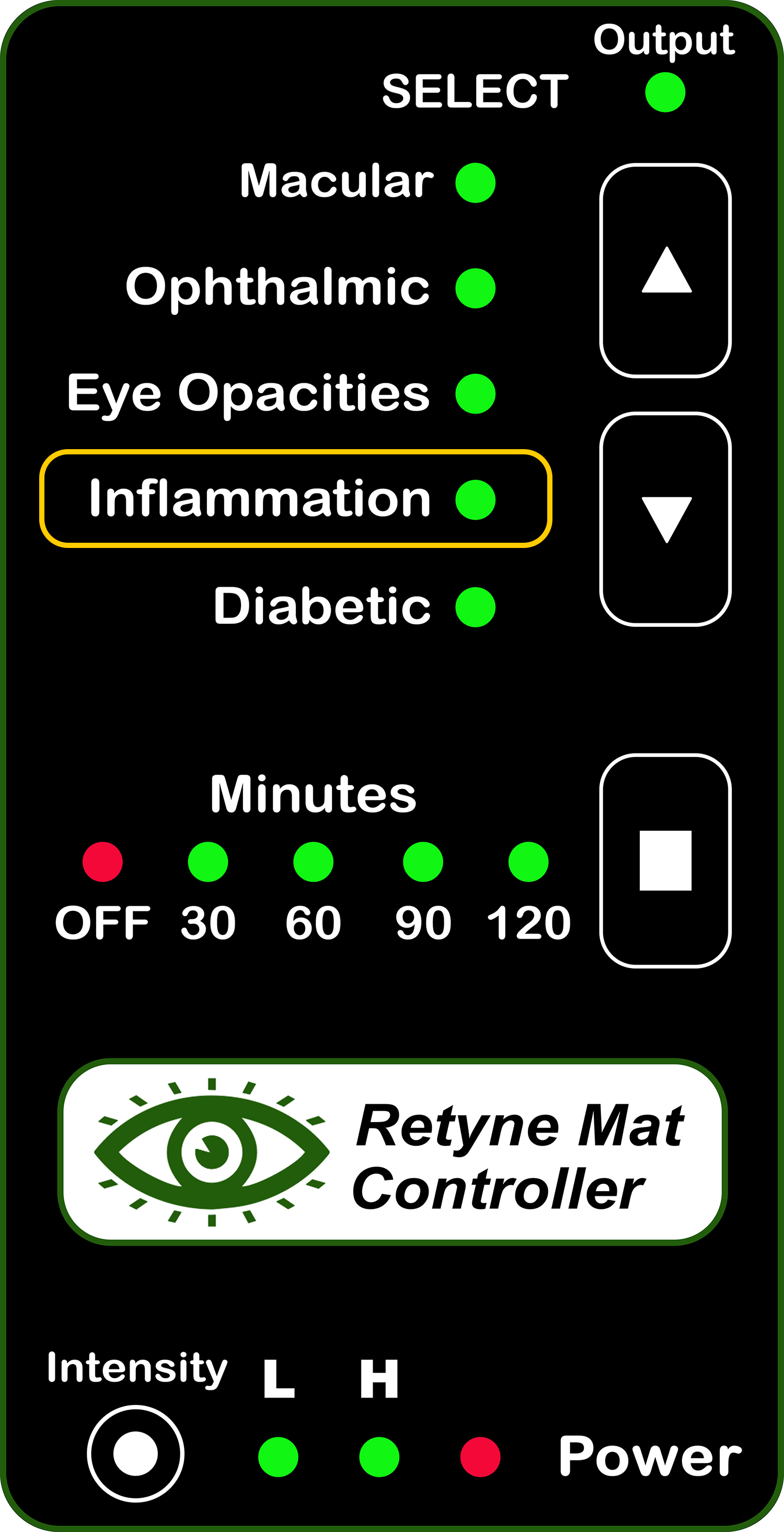
RDPV4 (Direct connect, use group 2950)
RDPV4 Light Mask Program button 4
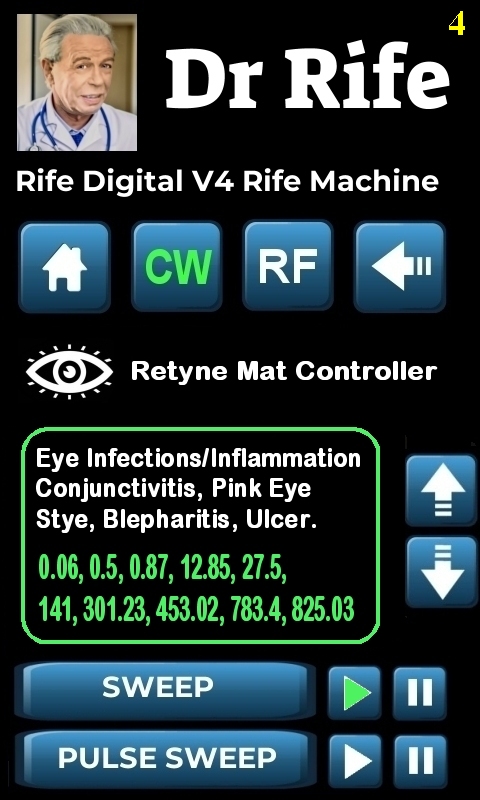
Click here for instructions on using the Retyne Mask + Controller
